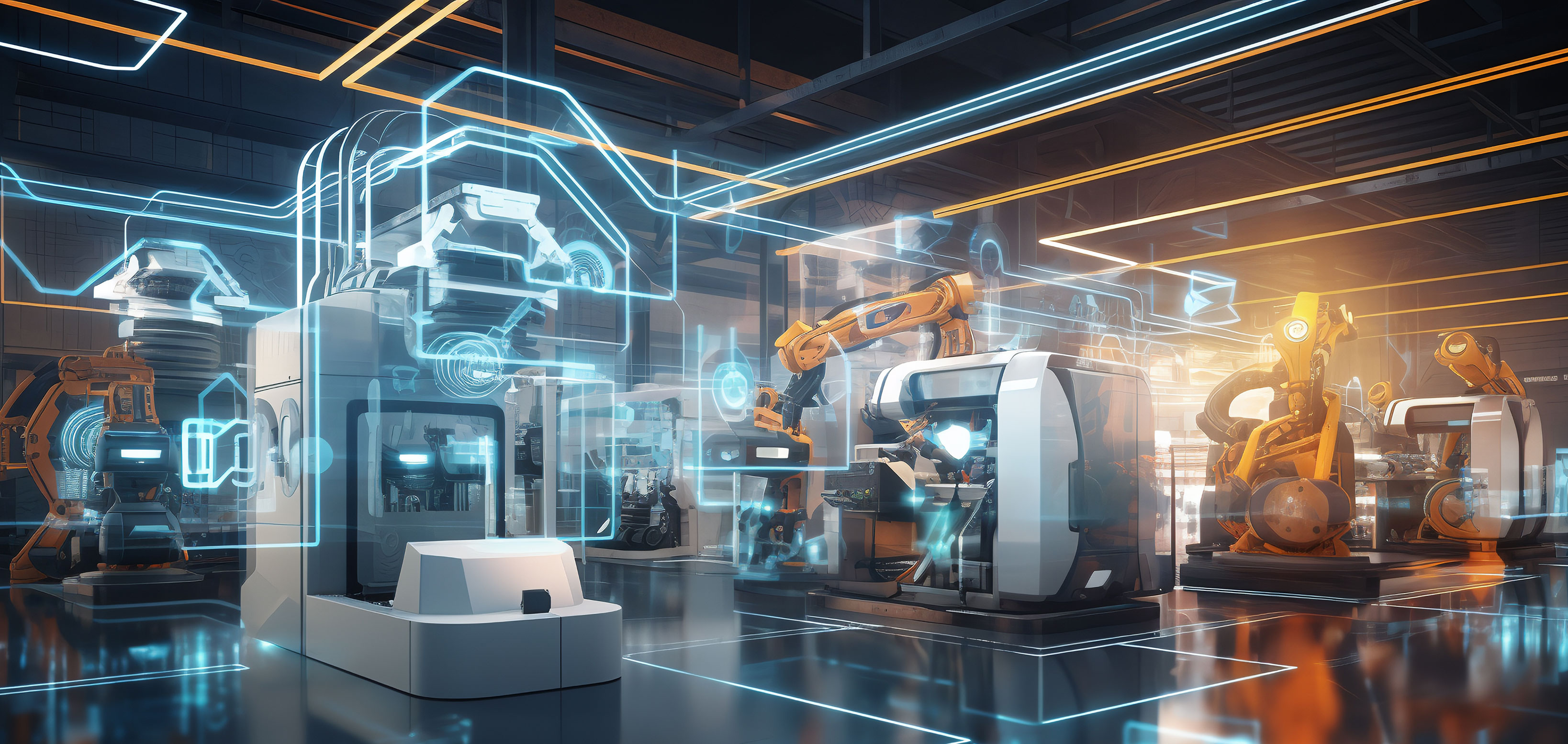Dr. Sauer, why should an SME think about digital twins or data ecosystems?
Olaf Sauer: As we strive for sustainability and the ideal of the circular economy, every company that makes products will have to disclose information about their carbon footprint going forward, and soon, they will also have to create digital product passports, if at all possible based on standards. An asset administration shell, or AAS, is one way to do this. But regulatory matters alone aren’t a great motivation to use digital twins. Data can’t truly deliver added value until companies share it with customers, contractors, and suppliers for specific purposes. This unlocks potential we can only dream of today. For example, a material manufacturer has data on the production process and quality of their materials, which a processing company could use to set the parameters for their production equipment more efficiently and effectively, potentially reducing waste or accelerating the start-up process. Within data ecosystems, companies can share data according to defined rules so everyone benefits in the end.
 Fraunhofer Institute of Optronics, System Technologies and Image Exploitation IOSB
Fraunhofer Institute of Optronics, System Technologies and Image Exploitation IOSB 